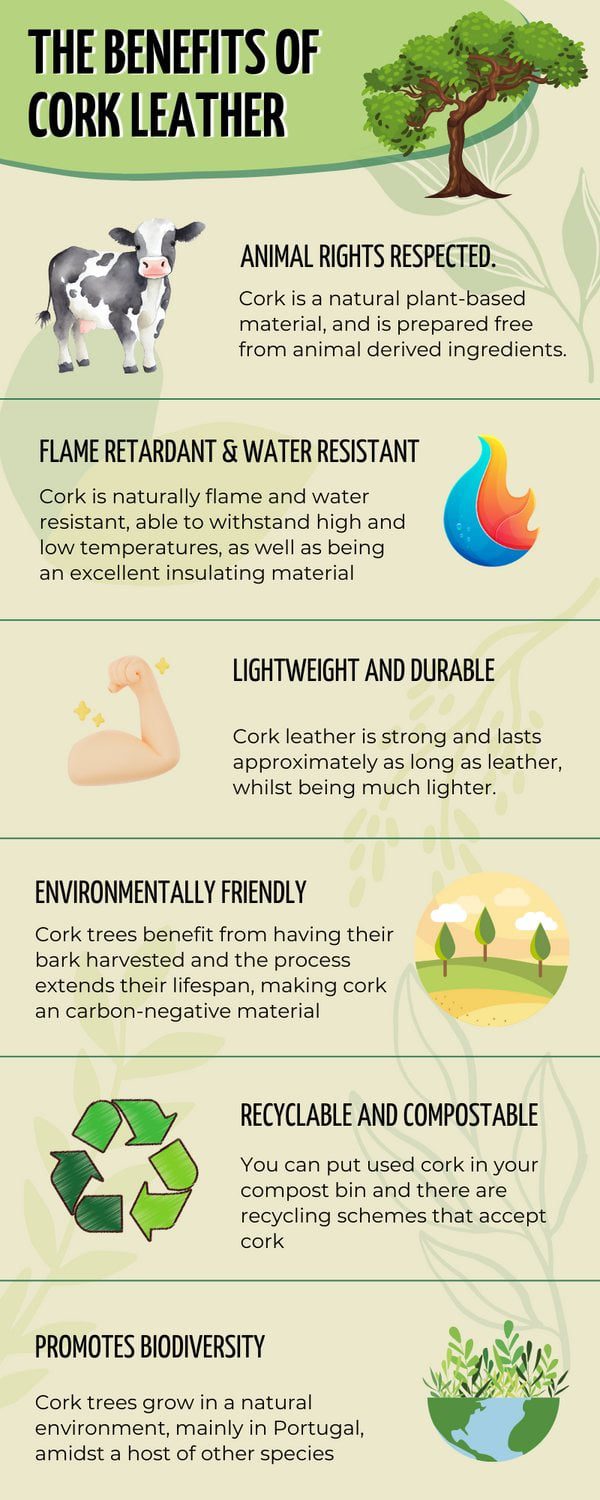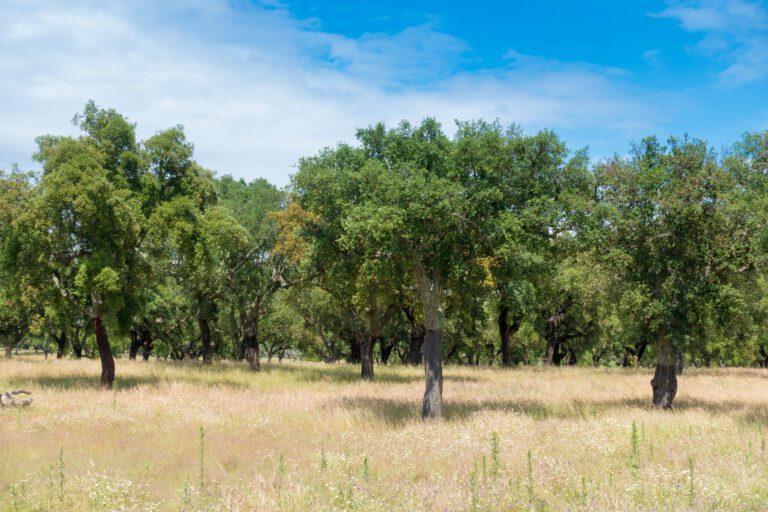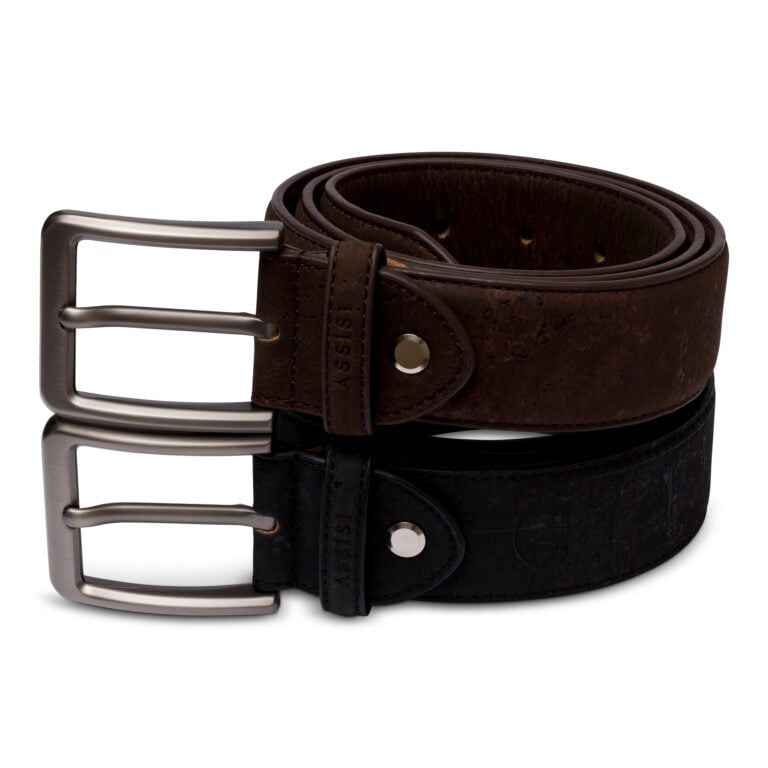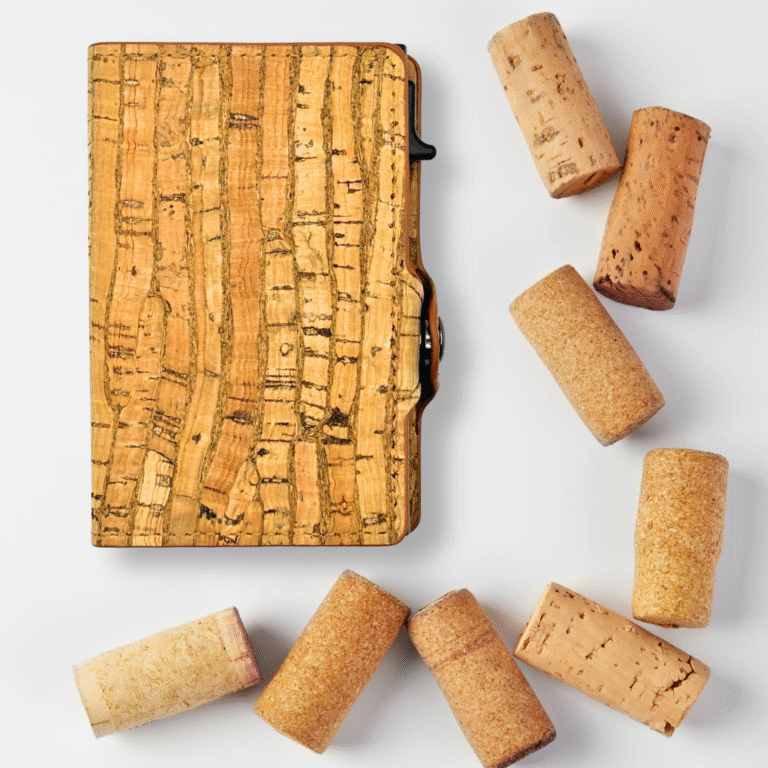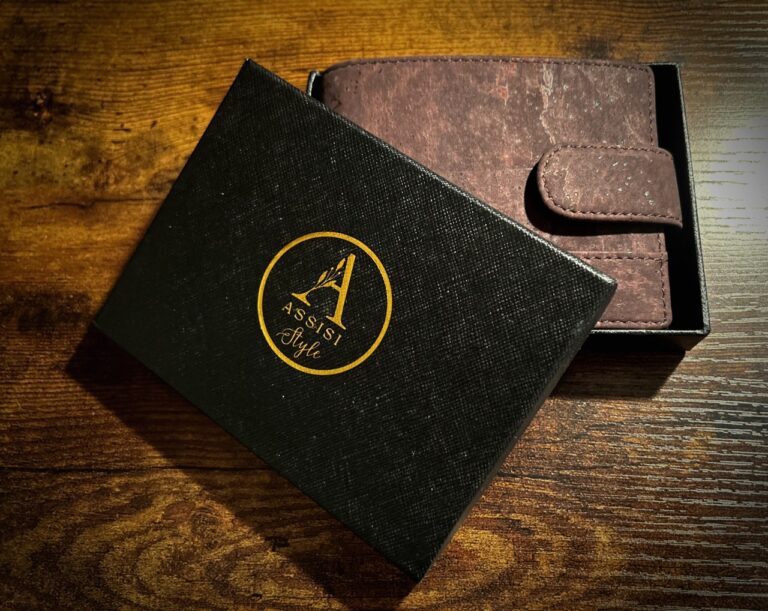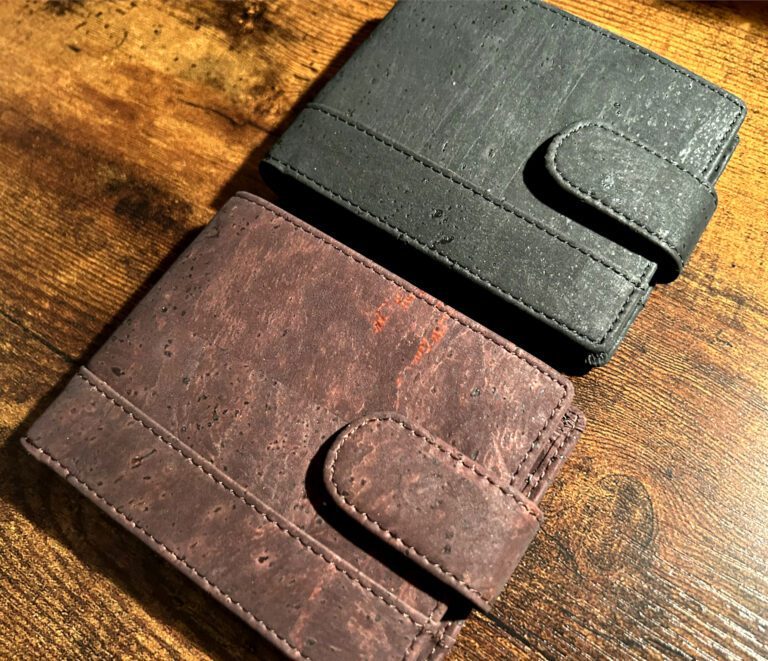Cork is a natural material with many uses—from wine stoppers to wallets. But where does cork come from? And what is cork, exactly? In this guide, you’ll learn where cork grows, how people harvest it, and why it’s a great eco-friendly choice.
What Is Cork?
Cork is the outer bark of the Cork Oak tree (Quercus suber). This tree grows mainly in the western Mediterranean. Its bark is thick, soft, and water-resistant. These features make cork perfect for items like flooring, shoes, and bottle stoppers.
The most amazing part? The tree regrows its bark after harvest. That makes cork a renewable material.
Where Does Cork Come From?
So, where does cork come from? It comes from Cork Oak trees, which grow best in Portugal, Spain, and North Africa. These regions have the perfect mix of hot summers and mild winters. The ecosystem they create is called Montado in Portuguese.
Portugal produces about half of the world’s cork. Most other cork also comes from countries around the Mediterranean.
Can Cork Oak Trees Grow Anywhere?
Yes, they can. But trees outside the Mediterranean don’t produce high-quality cork. The special climate and soil in this region help the trees grow strong bark. That’s why cork from elsewhere often isn’t good enough for commercial use.
How Do People Harvest Cork?
Harvesting cork takes skill. It usually happens between late May and August, when the bark is easier to remove.
Here’s how it works:
- Workers make a vertical cut in the bark.
- They gently peel off large sheets by hand.
- These sheets, or planks, dry outside for months before processing.
The tree doesn’t get cut down. Instead, it stays alive and continues growing. After harvest, workers mark the tree with the year—like a natural tag.
How Often Can a Tree Be Harvested?
Cork Oak trees live for up to 200 years. But harvesting starts only after 25 years. After that, people harvest the bark every nine years.
Each tree gives cork about 15 times during its life. The first cork is rough, so it’s used for floors or insulation. Later harvests produce smoother cork—good enough for wine stoppers and fashion accessories.
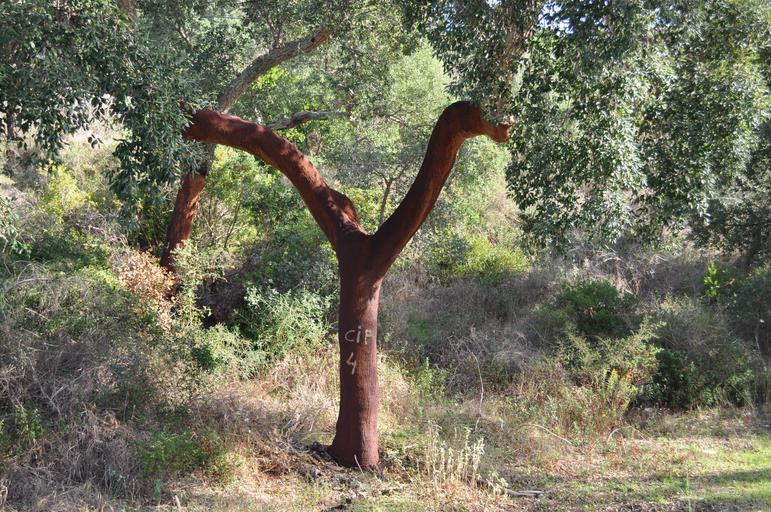
How Much Cork Exists Today?
Cork is not running out. In fact, the supply is growing. Thanks to reforestation, more Cork Oak trees are planted every year. Portugal and Spain lead these efforts. Their forests help meet the world’s growing demand for sustainable materials.
Are Cork Oak Trees Protected?
Yes. In Portugal, the law protects these trees. Cutting one down without permission is illegal. Even harvesting has strict rules to keep trees healthy.
These laws ensure that the forests remain strong and productive for future generations.
Is Cork a Sustainable Material?
Absolutely. The cork industry is one of the greenest in the world. Here’s why:
- Trees are never cut down during harvest.
- Every bit of cork gets used—even cork dust helps make energy.
- Cork items can be recycled and are biodegradable.
So when you buy cork, you’re supporting a natural and sustainable process.
In Summary: Cork Comes from Nature and Gives Back
Now you know what cork is and where cork comes from. It’s more than just bark. It’s a symbol of care, balance, and tradition. Harvested by hand and never wasteful, cork shows how people and nature can work together.
Whether you’re choosing a cork belt or opening a bottle of wine, you’re part of that story.

